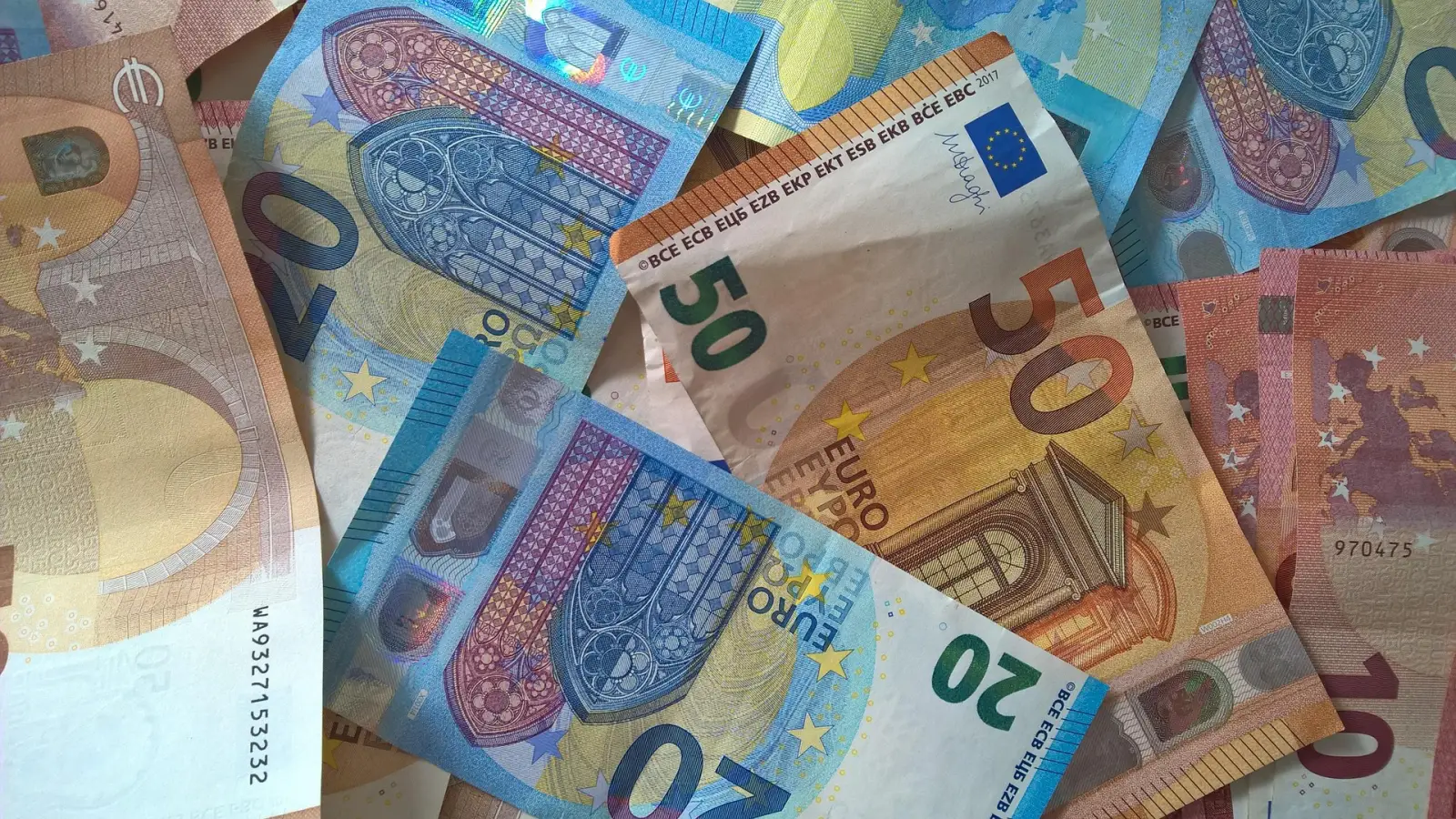Tourists in Spain may not realize they’re at risk of carrying cash that’s suddenly become worthless.
A new warning from the Bank of Spain highlights a quiet but urgent issue just as the country gears up for its busy summer travel season: certain 50-euro bills are being withdrawn from circulation starting this April.
These aren’t counterfeit notes. They’re real banknotes that have been stained—usually with blue or violet ink—by anti-theft security systems embedded in ATMs. This technology is designed to fight physical theft by releasing a chemical dye if tampering is detected. The result? A stained bill that’s no longer usable in shops, restaurants, or even for personal exchanges.
What Makes These 50-Euro Bills So Problematic?
The 50-euro bill is the most commonly used note in Spain. Its mid-range value makes it ideal for tourists paying for meals, train tickets, or souvenirs. Unfortunately, it’s also the most targeted for both counterfeiting and anti-theft staining. When these notes get marked with ink, they’re considered invalid—even though they’re not fake. This presents a big problem for travelers who may unknowingly accept them in transactions.
It’s important to note that the ink-staining system doesn’t make a bill counterfeit, but it does render it unfit for future use. If you try to spend one, you may be denied service or questioned. And if you received the bill during a legitimate transaction, you likely won’t get reimbursed—unless you can prove you were the direct victim of a crime.
As part of this recall, the Bank of Spain is asking everyone to double-check their cash—especially bills received through informal exchanges or small businesses that handle a lot of paper currency. Since the stains may look subtle or accidental, travelers could easily miss the warning signs.
If you spot a suspicious blue or purple mark on a 50-euro note, don’t attempt to use it. Instead, bring it to a local bank branch, where staff can analyze the note and determine if a replacement is possible. The process may take time and doesn’t guarantee reimbursement, but it’s the best available option.
Why Now? Summer Season Brings More Cash—and More Risk
Spain’s tourist season sees a significant rise in cash payments, especially from international travelers who may prefer cash over cards to avoid foreign transaction fees. This influx also increases the chances of fraudulent or damaged notes entering circulation. By recalling these ink-marked bills, Spanish authorities aim to reduce confusion and prevent unnecessary losses during the peak travel months.
At the same time, Europe is experiencing a gradual shift away from physical currency. The latest report from the Bank of Spain shows that while most people still use cash regularly, digital payments through cards and mobile apps like Apple Pay and Google Pay are quickly catching up. In fact, countries like Sweden are already well on their way to becoming nearly cashless.
Governments across Europe are encouraging this shift to digital payments not just for convenience, but also to curb tax evasion and reduce untraceable transactions. For tourists, this means paying by card or app is often the safer choice—especially in unfamiliar cities or when dealing with large sums of money.
Still, many travelers prefer to carry at least some cash for emergencies, small purchases, or tipping. If that’s you, make sure to inspect every note you receive. Look carefully for any signs of discoloration or blotchy ink, particularly in shades of blue or violet. If you’re unsure, ask for another note or head to a bank before continuing your travels.
This move by the Bank of Spain is less about causing panic and more about raising awareness. It’s a proactive step to ensure travelers and locals alike aren’t left with unusable money—and to stay one step ahead of fraudsters in a rapidly changing financial landscape.
Have you ever received a marked or suspicious bill while traveling? Let us know in the comments how you handled it!












